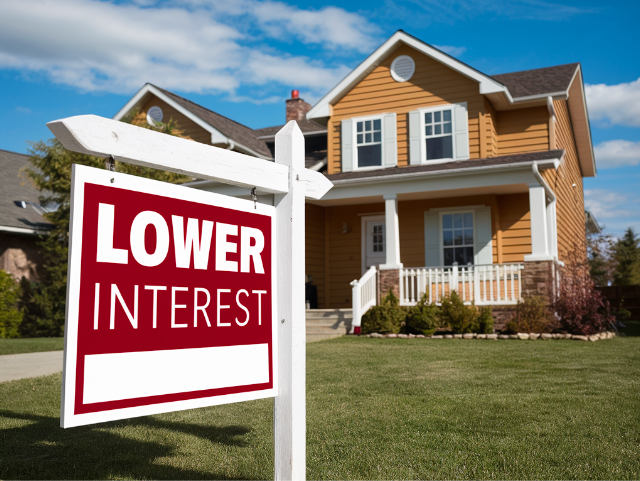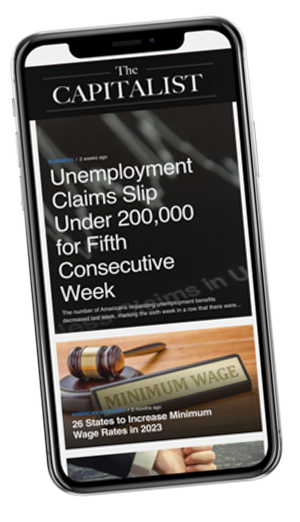News
Green Light or Red Flag? Mortgage Rates Fall to Lowest Levels This Year

Mortgage rates have recently dropped to their lowest level in over a year, sparking interest among potential homebuyers. But before rushing to lock in these rates, it’s important to consider the broader economic context and the potential risks involved.
Mortgage Rates: Then and Now
Today’s average rate on a 30-year fixed mortgage has dipped to around 6%. To fully appreciate this figure, let’s compare it with rates from different periods. Pre-pandemic, rates hovered between 4% and 5%. During the pandemic, they dropped to historic lows, going below 3%—a once-in-a-lifetime opportunity. Post-pandemic rates rebounded to around 5% to 6%, and now they’ve dipped again, providing a temporary window for those looking to buy or refinance.
While this drop might seem like a chance to secure a great deal, the situation is more complex than it appears.
The Risks of Low Mortgage Rates
When mortgage rates fall, it’s often a sign of economic weakness. Lower rates are typically used to stimulate economic activity during periods of uncertainty or slowdown. However, this strategy can backfire if the economy doesn’t respond as expected. For homebuyers, this means that while you might secure a lower monthly payment now, other financial risks could emerge later.
For instance, a weakening economy could lead to job losses or reduced income, making it harder to keep up with mortgage payments. Additionally, a downturn could result in falling home values, leaving you owing more on your mortgage than your home is worth—a situation known as being “underwater.”
Fed Rate Cuts: What They Mean for You
Adding to the complexity, the Federal Reserve is expected to cut interest rates as early as September. While this might help lower mortgage rates further in the short term, it could also be a red flag. The Fed typically cuts rates to counteract economic slowdowns, which means that while borrowing costs might decrease, the overall economic outlook could be deteriorating. This potential rate cut could signal that the economy isn’t as strong as we’d hope, leading to increased uncertainty for homeowners.
If the Fed does cut rates, it could spur even more buyers into the market, driving up demand and potentially inflating home prices further. This could offset some of the benefits of lower mortgage rates, especially if you end up paying a premium for a home in an already competitive market.
The Global Market Factor
Beyond domestic concerns, global markets are currently experiencing volatility due to a range of factors, including geopolitical tensions, disruptions in energy supplies, and trade uncertainties. These issues add another layer of risk to the economic environment, making it even more challenging to predict the stability of mortgage rates. If global markets continue to be unstable, mortgage rates could fluctuate more wildly, affecting your long-term financial plans.
For example, geopolitical tensions could lead to higher energy prices, which in turn could drive up inflation, forcing the Fed to reverse course and raise interest rates again. This kind of economic whiplash could catch many homeowners off guard, especially those who rushed to lock in a low rate without considering the broader implications.
What Should Homebuyers Do?
Given the uncertainty, the best course of action is to proceed with caution. Speak with a mortgage lender who can provide tailored advice based on your financial situation. Consider your long-term goals and financial stability before making a decision. Don’t just focus on the allure of lower rates; think about the broader economic picture and how it might affect your ability to maintain your mortgage over time.
In conclusion, while the recent drop in mortgage rates may seem like a good opportunity, it comes with significant risks. Homebuyers should weigh these risks carefully before deciding to lock in a rate. The economic landscape is unpredictable, and making a hasty decision could lead to long-term financial challenges.
Are you ready to weigh the risks before committing to these low rates? Will you seize the opportunity to acquire property or will you take a wait-and-see approach?



